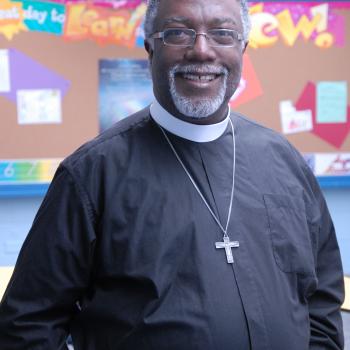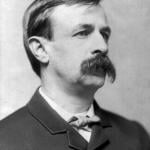On today’s program, I discussed liturgical worship in light of Scripture.
Here is the outline that this program is based on:
The Biblical Foundations for Liturgical Worship
- The Old Testament
- In the Old Testament, God gave the nation of Israel a calendar in which they celebrated God’s various acts of redemption on different days: Passover, Pentecost, Tabernacles, etc.
- God prescribed specific ceremonies wherein the Jews worshipped God. These included a number of sacrifices and offerings (Leviticus)
- Specific clothing was to be worn by those leading worship (Exodus 28)
- God gave an inspired hymnal to be used by his people in worship (Psalms)
- Worship was orderly and reverent. Through ceremonial acts, the central acts of redemption were portrayed and prefigured.
- Heavenly Worship
- The book of Revelation portrays worship in heaven which is liturgical in form
- In Rev. 4:8, specific words of praise are mentioned which are repeated day and night. Thus worship in heaven is not purely “spontaneous,” but memorized words of praise and prayer are utilized.
- The twenty-four elders bow before God’s throne at specific times while reciting particular words (Rev. 4:10-11)
- In numerous places, incense is offered before God’s throne as an act of worship (Rev. 5:8). This is a reflection of Old Testament liturgical practice.
- Even though there are no longer any sacrifices in heaven, there is an altar which serves in a prominent position in New Testament worship (Rev. 8:3)
- Specific liturgical garments are worn, including white robes (Rev. 4:4)
- Most prominent elements of liturgical worship are present in heavenly worship, including: vestments, hymnody, repetition of song and prayers, candles, incense, and bowing.
- The worship that we experience now is a picture of heavenly worship
- Those who reject liturgical worship must argue that somehow liturgy was practiced in the Old Testament, will be practiced in heaven, but has presently ceased.
- Worship in the New Testament Church
- The church was formed out of the Jewish faith, and thus Christian retained many of the liturgical elements of Jewish life
- The early church structure was largely based off of the synagogue, which had a particular leadership model and order of service. There were many memorized prayers.
- The worship of the book of Acts demonstrates continuity between Jewish and early Christian worship.
i. The Christians continued to pray “the prayers,” which were those recited by Jews in the Temple (Acts 2:42).
ii. Many of the apostles prayed at appointed hours (Acts 10:2-3). These are the canonical hours, when Christians have prayed for many centuries. These are reflected today in Matins and Vespers services.
iii. The early Christians celebrated some Jewish holidays, probably in view of their fulfillment in Christ, thus giving them new meaning (Acts 20:6; 1 Cor. 16:8). The early Christians used a form of the liturgical calendar.
- The Christians met for worship on the first day of each week, and every service included Holy Communion (Acts 20:7).
- The New Testament includes what many scholars believe to be early liturgical forms
i. Creedal formulas (1 Cor. 15:3-5, 1 Cor. 8:6, Tit. 3:4-7)
ii. Hymns (Phil. 2:6-11, 1 Tim. 3:16)
iii. Benedictions and doxologies (Heb. 13:20-21, Jude 25, Eph. 3:20)
iv. Sacramental liturgical formulas (Matt. 28:19, 1 Cor. 11:23-26)
- Conclusion
- Liturgical worship is not a medieval innovation, or simply a nice tradition. Liturgy lies at the heart of worship in the Old and New Testaments.
- To remain faithful to the Biblical witness, our worship should be structured, reverent, and liturgical.












